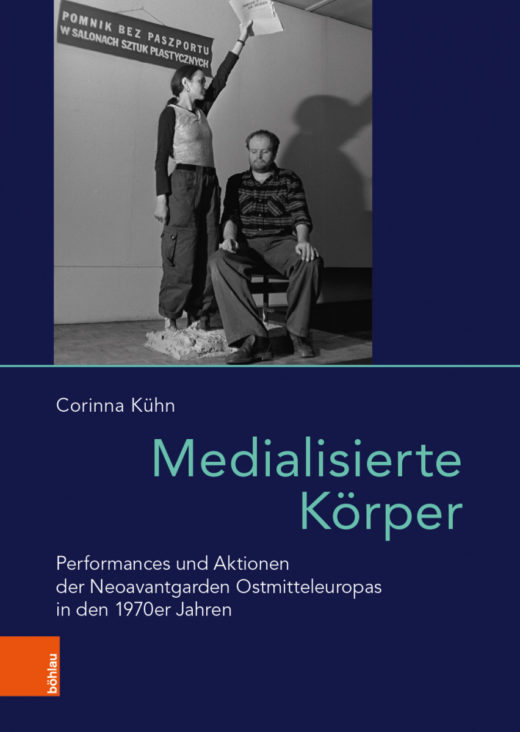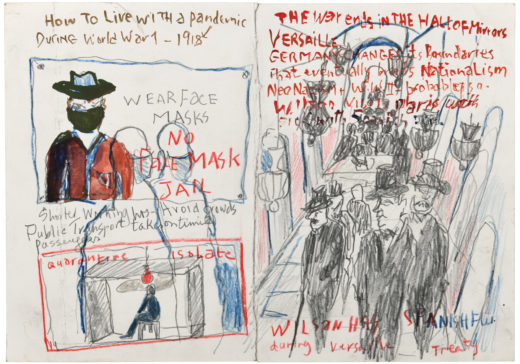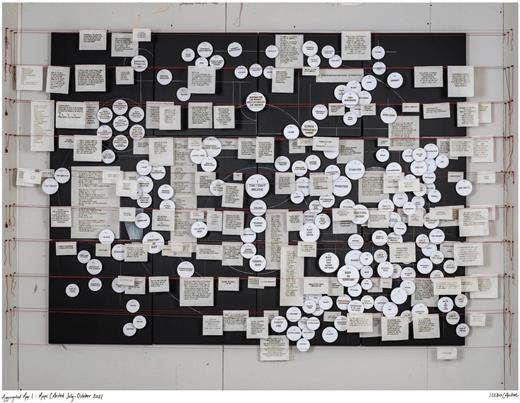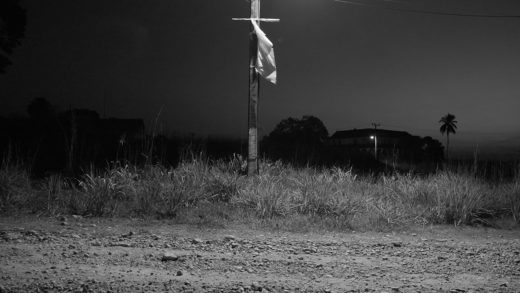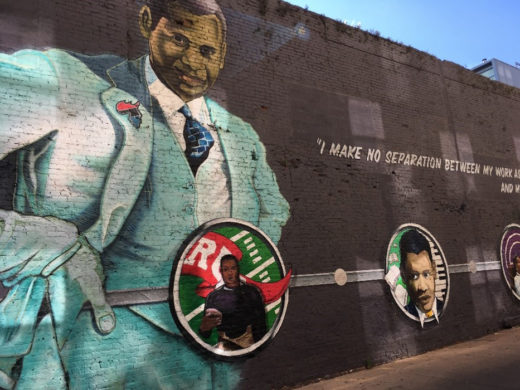Monitored Activities: Eastern European Performance Art through the Prisms of Photography, Film, and Politics
Corinna Kühn, Medialisierte Körper: Performances und Aktionen der Neoavantgarden Ostmitteleuropas in den 1970er Jahren (Vienna: Böhlau, 2020), 324 pp.
Corinna Kühn’s Medialisierte Körper: Performances und Aktionen der Neoavantgarden Ostmitteleuropas in den 1970er Jahren deals with selected performances and actions from Czechoslovakia, Hungary, Romania, and Poland during the 1970s. Her focus lies on the dimension of documentation through photography and video. She is interested in how artists communicated with imaginary or future spectators through the deliberate use of images or even the manipulation of techniques of filming or photographing. The book approaches the topic through detailed analyses of works by Endre

